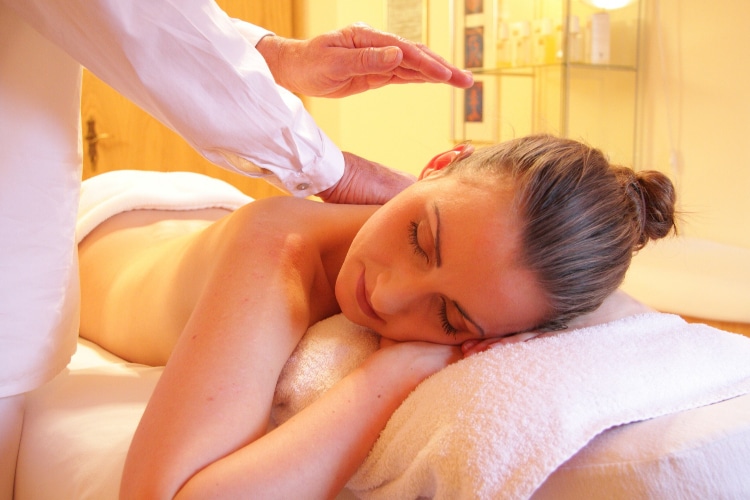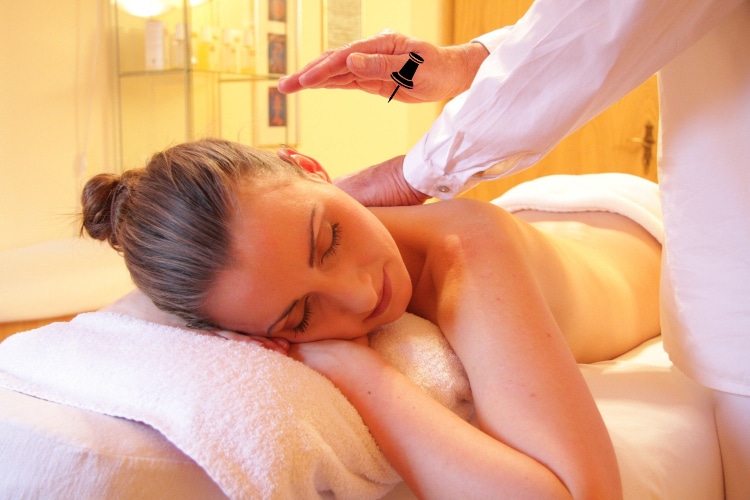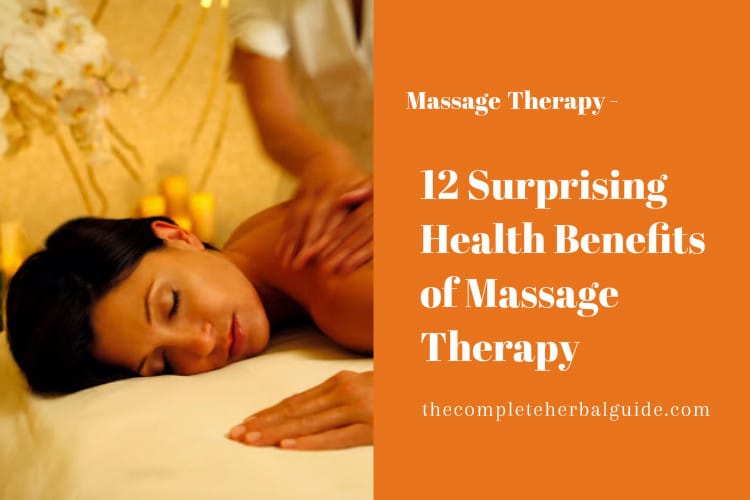
Swedish Massage Styles and the Health Benefits that Come with It
The impression that many people have of Swedish massage is that it can be a rather over-vigorous therapy. One in which the recipient is pummelled to within an inch of his or her life, and then somehow rises up from the couch, actually thanks his or her tormentor, and even pays for the experience. It is assumed, perhaps, that these last actions are performed in an attempt, by the customer, to placate the practitioner so that the latter will not be inclined to inflict any more punishment on the former.
Such is the all-too-popular misconception. In fact, though, to be on the receiving end of a Swedish massage is an incredibly relaxing, even liberating, experience. The pummelling is light, not painful at all, and of course, there is very much more to the therapy than that.
Table of Contents
5 Basic Techniques Of Swedish Massage
Effleurage
A gentle stroking used to relax the muscles; petrissage
Petrissage
A kneading and lifting of the muscle tissues
Friction
A light rubbing motion – usually against the grain of the muscle
Vibration
Using the tips of the fingers or balls of the hand
Tapotement
Light percussion with the handheld in various positions and the wrist very loose. The area of the body to be massaged is generally, rather liberally, oiled.
The Treatment
The therapist chooses which techniques to utilize as the therapy proceeds. This choice is dependent on the tensions which reveal themselves to the therapist as the tissue is worked.
Suitably licensed practitioners are permitted to perform what is termed ‘deep tissue massage’. This certainly sounds (by its description), and actually looks, quite vigorous. It is a form of therapy in which the practitioner uses a significant amount of strength, and/or body weight, to manipulate the tissue. However, the effect is, in fact, quite soothing – and more.
The Benefits
It has long been known (since the early work of Reich, a student of Freud’s) that long-term emotional states are ‘stored’ in the body as well as in the brain. Reich identified a kind of chronic muscle tension, that he termed ‘body armoring’, which is the result of entrenched negative emotions and attitudes.
He also discovered that releasing this kind of tension can have the effect of releasing the emotional blocks which give rise to it.
Chronic muscle tension, ‘body armoring’, can be released in a variety of ways. The ‘deep tissue massage’ technique, associated with Swedish massage, is one of the most successful of these. This is why, often, people who undergo such a treatment report feelings of not only relaxation but also liberation: from deep-seated and long-term anxiety for instance.
Of course, Swedish massage can also be used to help alleviate physical problems: sports injuries, poor circulation, and so on.
In fact, it is one of the most valuable ‘all-round’ manipulation therapies available. It has been under development now for around two centuries.
Swedish massage is very effective for relaxation. It can also be used to alleviate a large variety of conditions which might remain obstinately unresponsive to other forms of treatment. In order to discover whether the therapy is appropriate for a particular situation, it is necessary to consult a qualified therapist.






